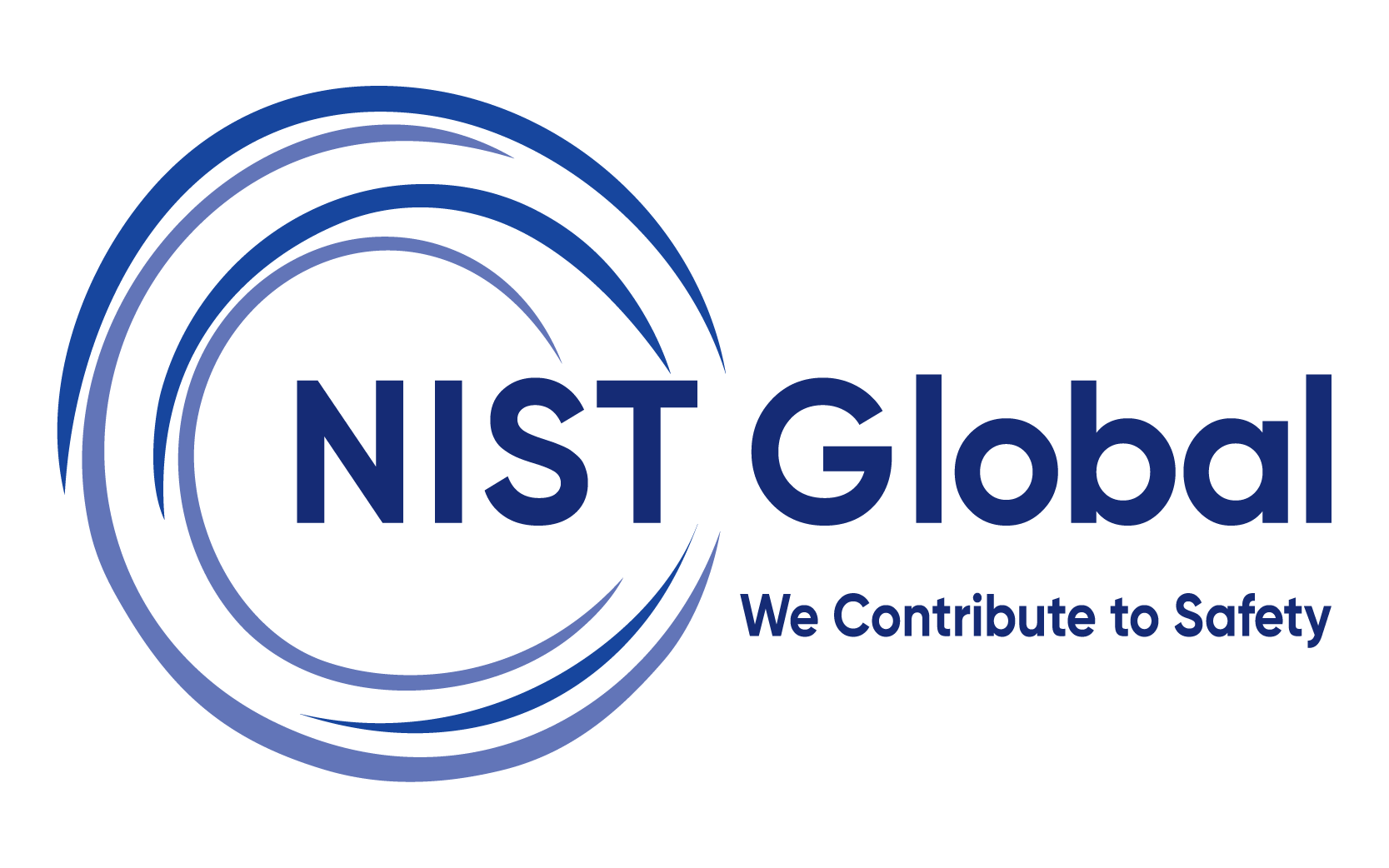Process Safety Management

-
Training TopicProcess Safety Management
-
Learning PartnerNIST
-
LanguageEnglish
-
For queries, & Assistance
What is PSM
There is growing concern related to effectiveness of safety management system in workplace. In spite of safety measures in place, incidents continue to occur across industries for one reason or other. For instance, major disasters like 1984 Bhopal, where accidental release of chemical led to death of 2,000 people. This indicates that there was some wrong in process safety management. Considering this aspect, employers need to conduct process safety audit to identify and understand potential hazards. NIST is of the opinion that tasks and procedures related to process must be clear and consistent. This is feasible through process safety audit to which corporates could avail our audit service in the following areas:
- Employee Participation (EP)
- Process Safety Information (PSI)
- Process Hazard Analysis (PHA)
- Process Safety Knowledge and Competency (PSKC)
- Operating Procedures (OP)
- Training & Performance Assurance (TR&PA)
- Contractor Safety Management (CSM)
- Pre-Start Up Safety Review (PSSR)
- Mechanical Integrity & Quality Assurance (MIQA)
- Hot Work & Work Permit System (HW&WPS)
- Management of Change (MOC)
- Incident Reporting & Investigation System (IRIS)
- Emergency Response Planning (ERP)
- Compliance Audit (CA)
Benefits of PSM Implementation
- Low business interruption
- Less Equipment damage
- Low Personal injury/ Fatality
- Lower societal risk
- Less environmental damage ( Air/ Water/ Soil Pollution)
- Lesser insurance premium
- Lower workers compensation
- Improved credibility and company’s image.
- Improved performance of individual leading to increased productivity
- Systematic Performance oriented approach and covers most of the internationally accepted HSE practices
Process of implementing PSM
- Safety management systems
- Employee participation
- Process safety information
- Process hazard analysis
- Operating procedures
- Training
- Contractors
- Pre-start-up safety review
- Mechanical integrity
- Hot work permits
- Management of change
- Incident investigation
- Compliance audit
- Fire and explosion prevention
- Protection and emergency management
- Work injury prevention
- Health hazards control
- Evaluation of emergency plan
The primary categories of programs or systems or the elements of PSM are listed below.
Phase-1 (Preparation)
- PSM Team formation (Selection of key members for each element)
- PSM training to the nominated members
- Detailed GAP analysis of all the elements and reporting of the outcome to Management
- Scheduling the plan for implementation
Phase-2 (Implementation)
- Implementation of PSM in a phased manner (typically 3 elements in one sub-phase)
- Conduct Audits for each sub-phase and review
- Defining Matrices and Performance monitoring for each element ( KPIs)
Phase-3
- Final Audit on the PSM after the completion of Phase-2
- Training of internal auditors
How can NIST help in getting PSM implemented?
- PSM implementation will be done by competent consultants having international exposure and competence
- Conducting Gap analysis to identify the strengths and weaknesses in system prior to implementation.
- PSM Team formation
- Training of stake holders on PSM functions
- Defining Roles and responsibilities
- Start implementing PSM in phased manner
- Develop Procedures and systems
- Facilitating HAZOP / SIL assessment workshops
- Develop matrices and key performance indicators
- Conduct audit on the system
- Support in practical cost effective solutions.
